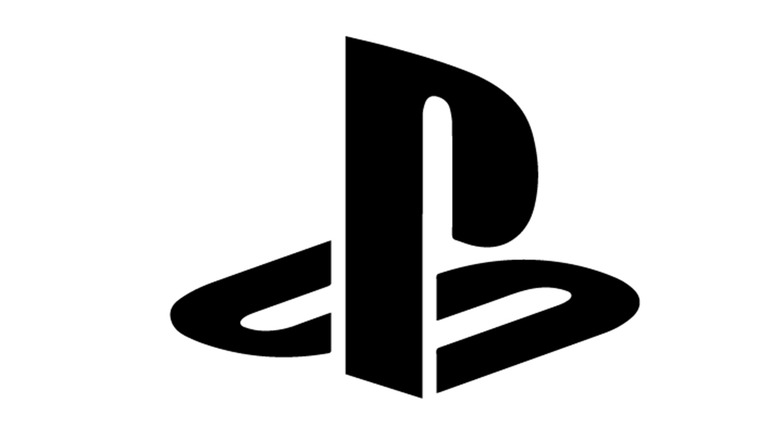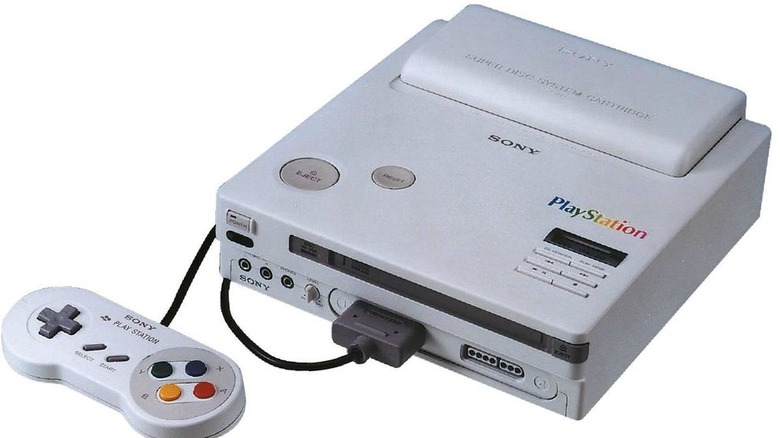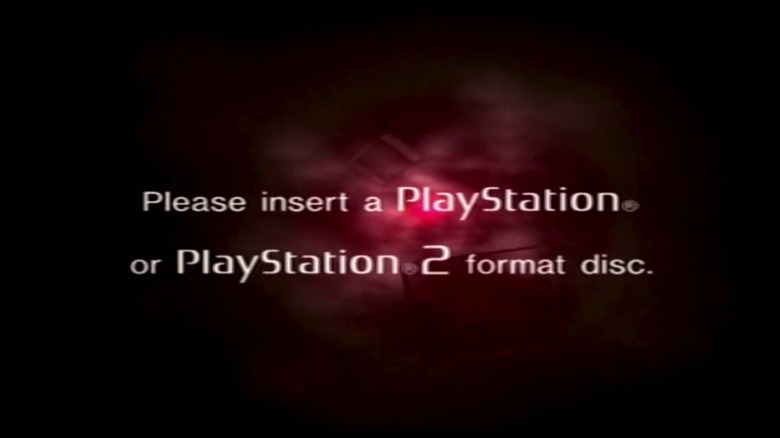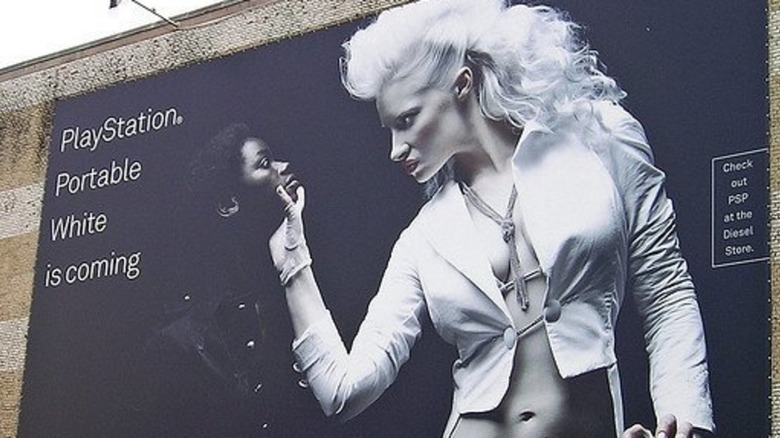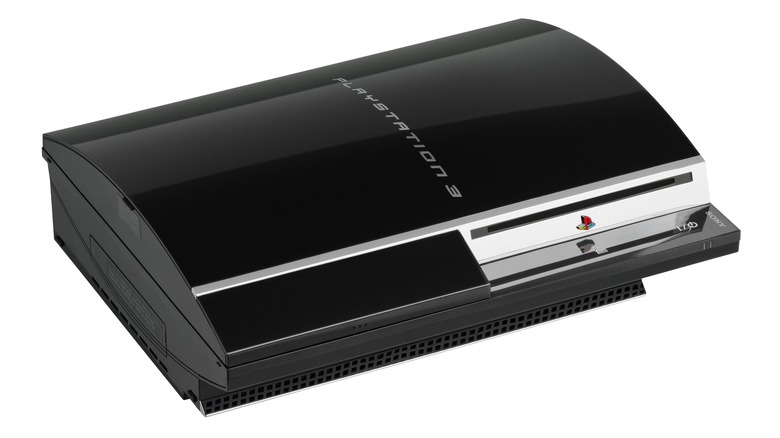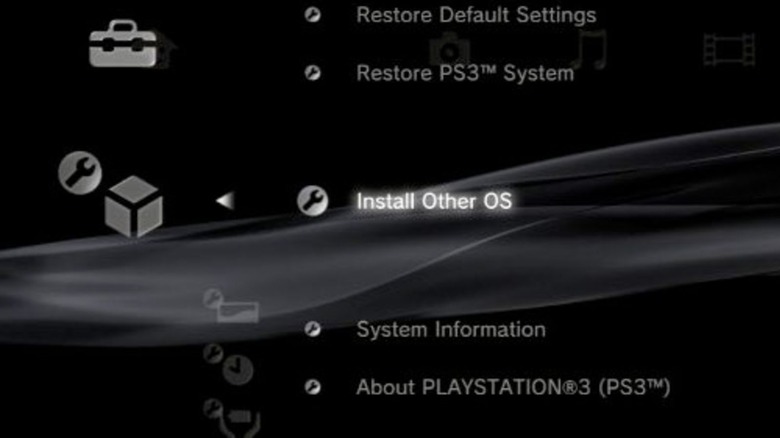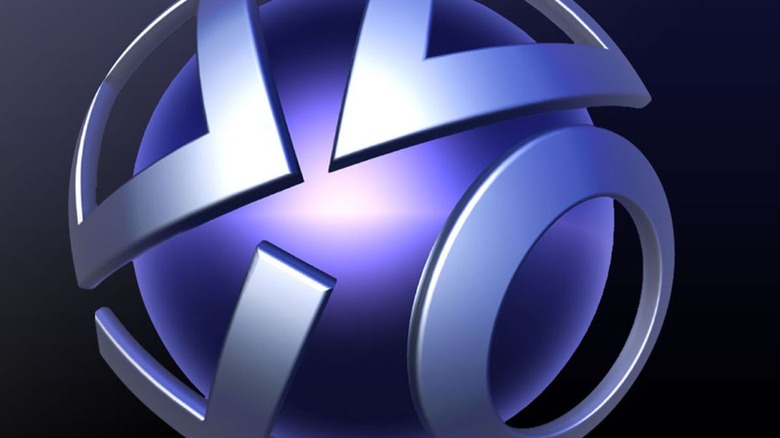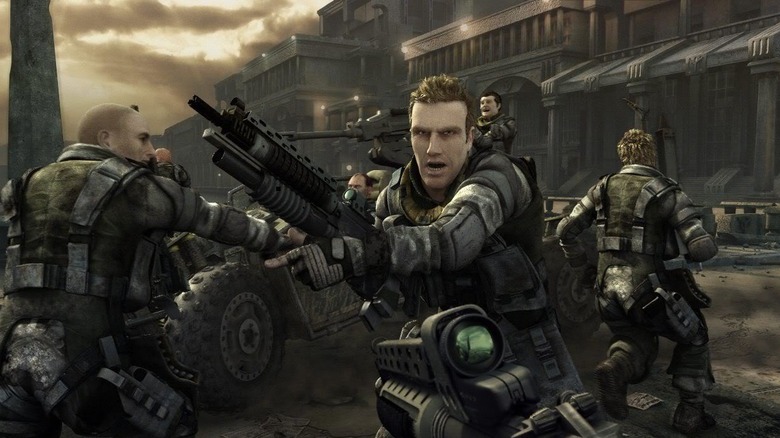Moments That Nearly Destroyed PlayStation
After just over half of a decade, the PlayStation 4 is finally entering its twilight years, and as it does, it's worth looking at just how much Sony has dominated this generation. They've sold over 90 million systems since launching in 2013. That's backed up by 3 million PlayStation VRs, making it the best selling full-service VR headset in the world, and a slate of games exclusive to the system that no other single publisher has been able to match. Sony once again rules this industry.
The road to the top wasn't all sunshine and roses, though. Bad mistakes, Sony's made a few, and there have been multiple times the PlayStation brand as we know it was almost damaged beyond repair. As the PS5 slowly starts to take shape in the distance, consider all the ways PlayStation almost didn't make it to this point, and hope for gaming's sake Sony's learned their lessons well.
The Nintendo screwjob
It's hard to imagine a gaming world without PlayStation, but it's even harder to imagine the alternate universe where the Nintendo PlayStation ended up happening because Nintendo didn't nip it in the bud.
As many folks are well aware, the PlayStation actually started out as a partnership between Nintendo and Sony, where the PlayStation would've simply been a CD-ROM add-on for the SNES. Everything seemed to be perfectly fine, even resulting in a famous prototype machine that someone had sitting in their attic for years. After a huge disagreement over money, though, it all fell apart after Nintendo cold-bloodedly announced the CD-ROM add-on would be moving forward with Philips instead of Sony.
Fast forward a couple years, and Sony's older brass would still bend the knee to Nintendo, and in return, Nintendo allowed Sony to keep working on the SNES CD-ROM add-on at the same time Nintendo worked with Philips on what would become the CD-i, home to the worst Zelda games ever created and not much else. When the time came for Nintendo to start planning the next generation, however, Nintendo ditched the SNES CD-ROM and the CD-i both, instead opting to partner with Silicon Graphics on the N64.
Instead of taking that lying down, though, a furious Sony upstart named Ken Kutaragi got mad, and mad enough to get one of his mentors to sign off on Sony developing their own video game system instead. The rest is history.
Scratch action lawsuit
History books have already chiseled the PS2's name in stone as the most successful video game system in history so emphatically that the early days, where the system was struggling to gain traction. The cherry on top, however, was a class action lawsuit Sony had to deal with, in which plaintiffs stated that the PS2's disc drive would either not read games or completely destroy discs while they were in the drive. While that issue pales in comparison to the Red Ring of Death some years down the line, at the time, this was a new and outrageous problem to have, one that could've easily ballooned into a much bigger problem had Sony not stayed the course. Some little unknown game called Grand Theft Auto 3 was also distracting everyone around the same time, which helped.
PSP: It does racism
The PSP had more than a few problems finding a foothold outside Japan. In Japan, the little system that could hit at just the right moment; console gaming was starting to decline, and portable/mobile gaming was taking its place, bolstered by the fact that Monster Hunter — which is basically to Japan what Call of Duty is to the West — was only on Sony's console. There just wasn't that presence for the system outside the country, though, and it didn't help when Sony made an effort in the worst possible way.
Sony's always been known for artsy, avant-garde advertising, but one particular ad for the new white iteration of the system in Europe took things too literally. It showed a white model, dressed in an all-white outfit, holding a black model by her jaw. Now, at face value, it's just showing a new color edging out the other, as a "white is the new black" statement. But in the real world, the ad was a terrible look. It eventually got pulled, but not after Sony made the blunder of trying to defend it.
The ads had such an impact that they made headlines a second time years later in the shadow of the equally tone-deaf Kendall Jenner Pepsi commercial. While Sony was smart enough to let the cloud pass that time, undoubtedly one of their dumbest moments will still follow them for years to come.
Three times the terror
The launch of a new system is always a messy process. But even knowing how messy a launch can be, one has to stand in awe of how badly Sony screwed up with the PlayStation 3.
It all really started with the price tag, and even by 2019 standards, a $600 console is absolute insanity. The hefty price was partially thanks to Sony having to build a PS2 into every system in order to keep backward compatibility, but removing the PS2 created a new problem from gamers angry they'd have to abandon their PS2 libraries. That probably would've been okay if, like the PS4, they had a solid launch library to make the transition worth it. However, when the best launch title you've got is the merely-okay Marvel: Ultimate Alliance, and a LOT of your games look or perform inferior to their 360 counterparts — thanks, Cell processor! — stripping out that PS2 hurt.
Eventually Sony turned it around, and some of the best games of that generation would be PS3 exclusives — including Metal Gear Solid 4, the Uncharted trilogy, Demon's Souls, and The Last of Us — but it'd take four years for the PS3 to see a profit thanks to those early blunders, blunders that no other publisher would be foolish enough to repea — oh.
The war on piracy
To hear CEOs tell it, piracy is the worst thing to happen to humanity since the Ebola virus, and have spared no expense trying to fight it. But instead of fighting it in a way that educates audiences on the ground-level impact or making it easier and more affordable to obtain content, the typical solution is for publishers to do the technological equivalent of putting their name on everything with a label maker.
The annals of history are strewn with Sony's ill-fated attempts to piracy-proof everything, from the PSOne's mod protection (which stopped no one from modding the system), to the PSP's infamous UMDs (which stopped no one from modding the system), to the Vita's memory cards (which stopped no one from modding the system, and played a big role in the system's failure).
One of their misfires cost Sony more than the others, however. See, when it launched, the PS3 included a feature called OtherOS, which did exactly what it sounds like: it allowed users to install Linux on the system and use it like a home computer. Once it became clear modders were getting awfully close to mucking with the system, however, Sony issued an update that removed OtherOS without explaining why. That turned out to be a mistake, resulting in a major class action lawsuit over removing promised functionality, a suit Sony tried to settle before it got worse. But oh, did it get worse.
Hack-n-slash
It started small. Despite the madness surrounding the OtherOS class action suit, Sony had another lawsuit going on against George Hotz, a modder who had managed to crack the PS3 to run homebrew and pirated games. Unfortunately, this was happening in the heyday of Anonymous, who promptly issued a manifesto, and DDOS'd the PSN, bringing it down multiple times over a few weeks. Anonymous eventually relented, stating they were harming gamers more than the company. But somebody apparently didn't get that memo, and triggered a disaster.
On April 19, 2011, the PSN went down again, and would stay down for an entire month. This time, though, the network itself hadn't been just brought down, but breached, exposing every single bit of PSN users' personal information, from usernames and passwords to addresses and credit card information. It was bad enough that the breach was possible because Sony had been using appallingly weak security for the PSN. It was worse that Sony waited nearly two weeks to tell people it happened.
The fallout was immense. Federal investigations were in progress. Lawsuits were filed. Public apologies were made. Developers lost money thanks to scheduled launches being disrupted. And that was nothing compared to the millions Sony lost.
The company would recover, and the Welcome Back program did a lot to earn back gamer trust. But recovering from the worst breach of security in gaming history is nothing to celebrate.
Is it live or is it bullshot?
There is no greater ongoing fight in gaming than the graphical arms race. It's been the sticking point of console wars on the playground. It's been the deciding factor on which version of a game consumers buy. But it wasn't until Sony started running their mouths about the PS2 delivering "Toy Story graphics" that gamers had reason to question if what they were seeing would really be what they would get.
It all came to a head in 2005, when Sony unveiled the first trailer for Killzone 2. Meant to show off what the PS3 was capable of, despite being Yet Another Gritty FPS, it was a rather breathtaking demo at the time.
In fairness to Guerilla Games — their graphical prowess is far from questionable these days — it wasn't their fault, exactly. They delivered a sizzle reel to Sony for E3 as a target example, but when the Sony rep got on stage, they stated it was running on the PlayStation 3. Guerilla tried to downplay the footage on forums after the fact, but the damage was done, especially to the PS3's rep as a graphical powerhouse. After Penny Arcade gave the world the vocabulary to describe what was quickly becoming common practice at E3 — "bullshot" — gamers were looking for and finding it everywhere. If you were ever wondering why trailers have that disclaimer now about footage running in real-time or in-engine, Killzone 2 is the reason.

